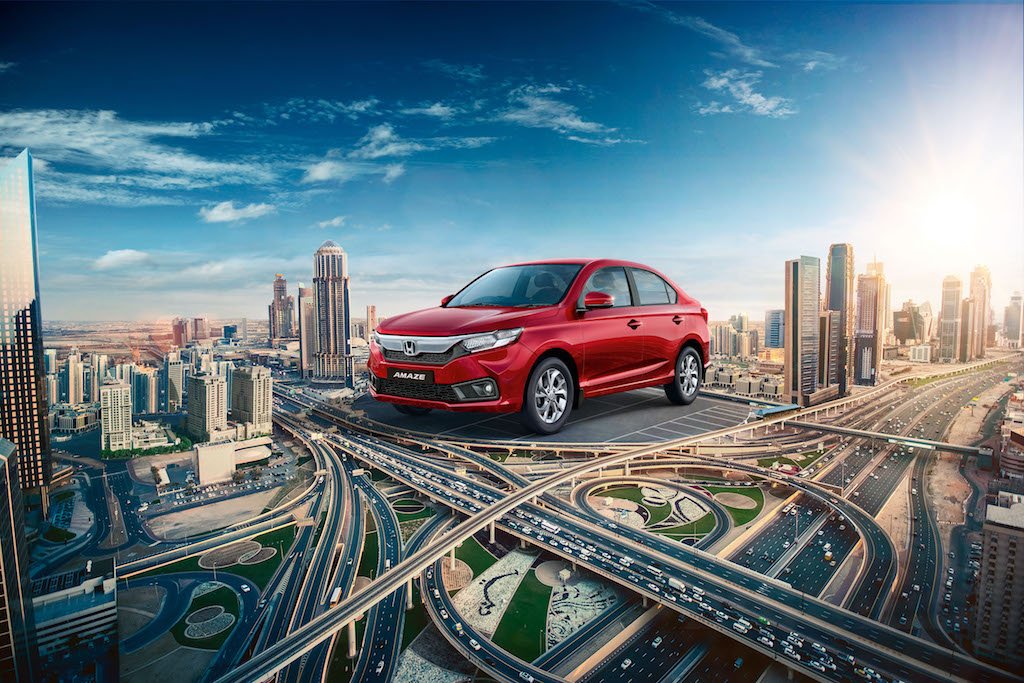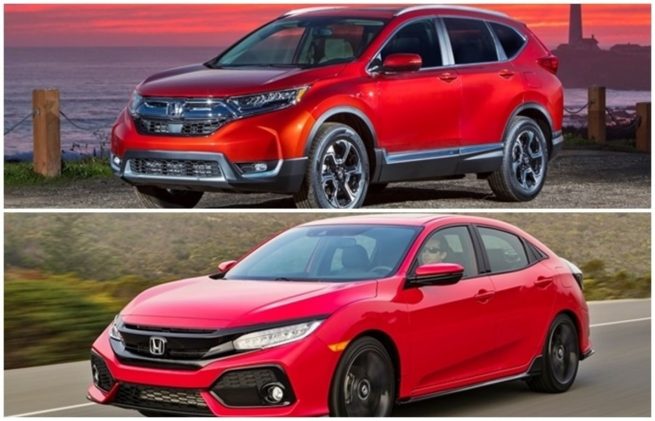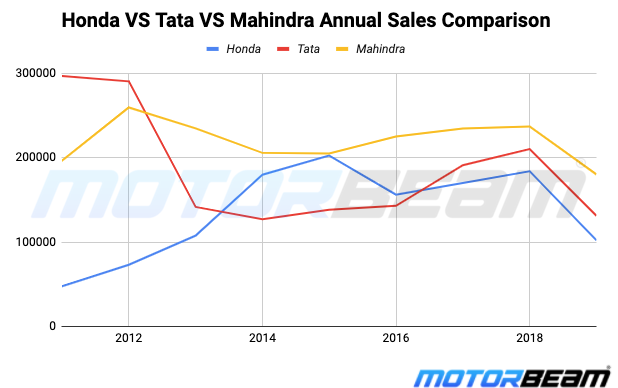The economic slowdown has not been kind to many automakers.

Honda India Strategy
Honda seems to be pretty silent nowadays in terms of hype. With the all-new City, the company hoped to kindle the enthusiasm that surrounds the brand. Unfortunately, that has now been put on hold owing to the current situation. So, while we wait for the company to retaliate against the attack of new models and segments, let us take a stroll across the numbers, and attempt to see where, and why Honda has been having a bad couple of years.
Sales Trouble
Here we have the annual sales numbers of Honda, Tata, and Mahindra. These companies do hold a pretty similar market share, relatively speaking. Clearly, FY 19-20 was not a good year for any of these 3 companies. but if you look close enough, Honda is the worst hit among the trio. This is followed by Tata, then Mahindra. Honda took a 44% hit, Tata took a 38% hit, and Mahindra’s sales went down by 24%.
The company hit peak sales in back in 2015, but since then the slope sees a downward trajectory. The company has also been hit quite a bit this year, with the slowdown. Honda does have a peculiar sales split up as compared to the market trend, as we will see. This could be the reason as to why the downfall is not in line with the trend. The recent influx of new manufacturers and models is not helping the company either.
Since 2015 the company cannot seem tilt that curve up any steeper. If you look closer, the decline in sales of the City was nullified by the excellent reception of the Amaze. In fact the Amaze in itself contributed to more than half of the company’s annual sales (57,471/1,02,016). As mentioned before, the company is not alone in terms of a sales slowdown, but seems to be taking the brunt of the impact, along with Tata, and Nissan. So here are some things the automaker could be doing in the near future to set themselves again on the right path to the top.
Striking The Right Balance
Honda is known for making robust and durable products. As the home of the legendary VTEC system, Honda does carry quite a bit of enthusiast support. The current-generation Honda City is still one of the most fun to drive cars in the entire price range. I am of course talking about the manual version here. I say that because the company’s flagship automatic option is a CVT. Anyone who’s driven a CVT knows that it can make even an AMG engine feel slow and unresponsive. With automatics on the rise, manuals, like in western countries might well be on their way out.
Now, how does this matter to the topic in-hand? Well, if Honda continues developing a CVT, and if manuals go away, their cars might no longer be fun to drive! The company does seem to want to become more mainstream with their designs and drivability to expand their target demographic. The Amaze was not particularly fun to drive, and the petrol engine was overshadowed by the diesel. This is really quite odd, as Honda joined the diesel party only in 2014. The petrol engines of Honda are very well known for their efficiency and fun factor, so much so, that Honda didn’t see a need for a diesel. So seeing this certainly marks a shift in Honda’s focus.
The Civic was a sleek car that caught the gaze of many. The coupè-like design stands out among a sea of understated elegance, that floods the segment. So, Honda might need to spice up their design game, for the Amaze looks like a very safe bet, design-wise. The Civic and CR-V show they can. In fact, their premium cars look really contemporary, so they just have to bring that down to their budget cars. Only time will tell how Honda manages to strike a balance between mainstream and enthusiast.
Line-up Expansion
SUVs sell. There are no two ways about it. As a manufacturer, if you don’t sell an SUV around the Rs. 10 lakh range, you are indeed missing out on a big chunk of sales. The WR-V is the best effort in making a hatchback into a crossover, but cars like the Hyundai Venue, Maruti Vitara Brezza, and Tata Nexon have taken over the WR-V. The WR-V was not actually meant to compete against these cars, but cars along the lines of i20 Active, which is a dying segment. The past 2 major launches from Honda, apart from the BS6 updates were the Amaze and the Civic. Both of these cars are sedans, and the upcoming Honda City facelift is also a sedan.
Internationally, there is no vehicle that would suit the needs of this segment. Honda sells 4 SUVs in the US. Unfortunately even the cheapest SUV, the HR-V starts at $20,080, which translates to just a shy above Rs. 15 lakhs. The company does not even have a platform, or even a concept in this segment that would show lines of a development. So, Honda will have to wait until the international model launches, and then bring it to India. So, they are finding themselves in a position, where they seem to have no choice but to wait. But in a major shift to SUVs, Honda could find themselves left behind if they don’t launch an SUV in the near future.
Until then, we would have wait and watch how the company fares in the coming future. The situation for any company looks quite grim. So, again, we will have to keep an eye on them, and what models they launch to counter the newcomers and new segments, and what strategy they employ to come to the top.






